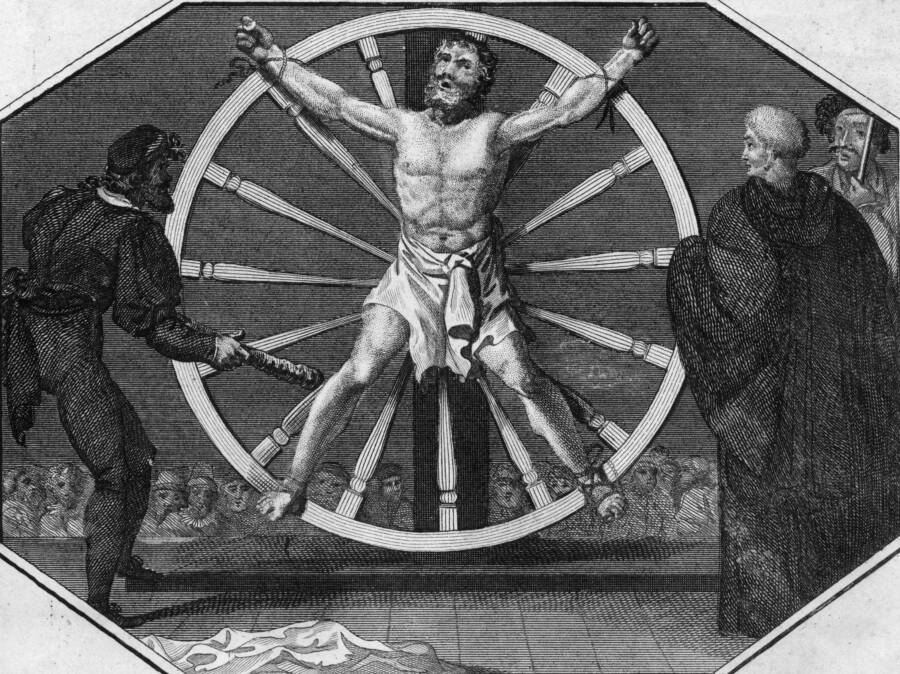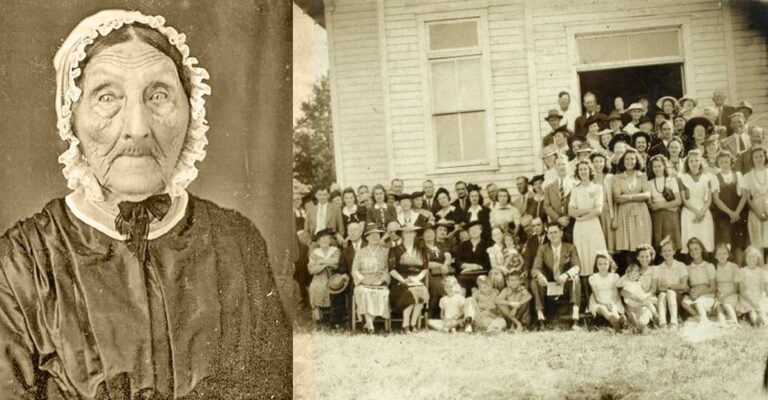Unraveling the Terrifying Legacy of the Breaking Wheel: An Ancient Instrument of Torture
Understanding the Breaking Wheel
The breaking wheel, also known as the Catherine wheel, is one of the most notorious torture devices in history. It was employed during the Middle Ages and into the early modern period, primarily in Europe. This instrument was designed to inflict excruciating pain on its victims, often leading to death. Its historical significance lies not just in the physical agony it caused, but also in the societal norms and legal practices that allowed such brutal forms of punishment to exist.
Definition and Historical Context
The breaking wheel was a large wooden wheel with spokes, used to crush or break the bones of condemned criminals. It is important to understand the context in which this device was utilized.
- Origins of the Breaking Wheel: The earliest records of the breaking wheel date back to the 3rd century AD. It gained popularity in medieval Europe, especially among Germanic states, where it became a symbol of the brutal justice system.
- Cultural Significance in Medieval Europe: Torture devices like the breaking wheel were not only methods of execution; they also served as a deterrent to others. The public nature of these executions was intended to instill fear and obedience among the populace.
Mechanism of the Breaking Wheel

Understanding the mechanism of the breaking wheel provides insight into its horrific effectiveness.
Design and Structure
The design of the breaking wheel was both simple and cruel.
- Materials Used in Construction: Typically made of sturdy wood, the wheel was reinforced with iron bands. This construction allowed it to withstand the force applied during the execution.
- Variations of the Wheel Throughout History: Over time, different regions adapted the design of the wheel, some adding spikes or other features to increase its effectiveness as a torture device.
The Process of Torture
The breaking wheel’s method of torture was systematic and brutal.
- How Victims Were Subjected to the Breaking Wheel: Victims were tied to the wheel, and their limbs were systematically broken with a heavy bar or iron hammer. This process could take hours, with the executioner often prolonging the agony.
- Psychological Impact on Victims and Spectators: The spectacle of torture was as much a part of the punishment as the physical pain. Spectators would gather to witness the execution, which served to reinforce the power of the state and the law.
Historical Cases of the Breaking Wheel
Numerous historical figures met their fate at the hands of the breaking wheel, and their stories illustrate the cruelty of this practice.
Notable Executions
Many notable figures were executed using the breaking wheel, and their cases reveal much about the judicial practices of the time.
- Famous Victims of the Breaking Wheel: One of the most infamous cases was that of Peter Niers, a notorious bandit in the 16th century. After being captured, he was sentenced to death by the breaking wheel for his numerous crimes. The execution was particularly gruesome, as the public was encouraged to witness the event.
- Accounts of Executioners and Their Roles: Executioners, often seen as social outcasts, played a pivotal role in these executions. Many were skilled in the arts of torture, and their participation was both a job and a reflection of their societal status.
Geographic Spread and Usage
The breaking wheel was not confined to a single region; it spread across Europe and underwent various adaptations.
- Adoption Across Europe: The use of the breaking wheel became widespread in Germany, France, and other parts of Europe. Each region had its own variations of the method and its own societal views on torture.
- Decline of the Breaking Wheel in Justice Systems: By the 18th century, changing attitudes toward punishment and the rise of Enlightenment thought led to the decline of such barbaric practices. The breaking wheel was abolished in most countries, marking a significant shift in legal and moral standards.
Legal and Social Implications

The breaking wheel was not just a tool of execution; it reflected the legal and social norms of its time.
Torture and the Law
Understanding the legal context of the breaking wheel reveals much about the justice system in medieval Europe.
- Legal Justifications for Torture in Historical Context: Torture was often justified as a means of obtaining confessions or punishing the guilty. The breaking wheel was used in conjunction with other methods of torture, seen as a legitimate part of the legal process.
- Social Attitudes Towards Torture and Punishment: The societal acceptance of such extreme measures points to a culture that prioritized retribution over rehabilitation. Public executions were commonplace, reflecting a societal fascination with violence and punishment.
The Abolition of Torture Devices
As society evolved, so too did its views on punishment.
- Movements Against Torture in Europe: The abolition of torture devices began in the late 18th century, driven by Enlightenment thinkers who advocated for more humane treatment of prisoners. Notable figures like Cesare Beccaria argued against the use of torture in his seminal work, “On Crimes and Punishments.”
- Modern Reflections on Historical Punishments: Today, the breaking wheel stands as a symbol of the brutality of past justice systems. Its legacy prompts discussions on human rights and the importance of ethical treatment in legal practices.
The Legacy of the Breaking Wheel in Popular Culture
The impact of the breaking wheel extends beyond history; it has left an indelible mark on popular culture.
Depictions in Literature and Film
The breaking wheel has inspired numerous works of fiction, reflecting society’s enduring fascination with horror and punishment.
- How the Breaking Wheel is Portrayed in Fiction: From gothic novels to modern horror films, the imagery of the breaking wheel serves as a powerful symbol of cruelty. Works such as “The Name of the Rose” by Umberto Eco depict the breaking wheel as a terrifying device that evokes fear.
- Influence on Modern Horror Narratives: The breaking wheel’s legacy can also be seen in contemporary horror films, where torture devices often symbolize the darkest aspects of humanity. Its presence in media serves to remind audiences of the potential for cruelty in society.
Museums and Historical Sites
For those seeking to learn more about the breaking wheel, several museums and historical sites offer insights into its grim history.
- Locations to Learn About the Breaking Wheel: Museums in Europe, such as the Museum of Torture in Amsterdam, feature exhibits dedicated to torture devices, including the breaking wheel.
- Educational Programs and Exhibits: Many of these museums provide educational programs that delve into the history of torture, offering visitors a chance to reflect on the implications of such practices.
Reflections on the Breaking Wheel and Its Place in History
The breaking wheel serves as a poignant reminder of the darker chapters of human history.
Lessons Learned from Historical Punishments
Reflecting on the use of the breaking wheel prompts important questions about justice and morality.
- The Importance of Remembering the Past: Understanding the breaking wheel’s history helps to ensure that such practices are not repeated. It encourages discussions about human rights and the importance of compassionate justice.
Biography Summary Table
| Character | Notable Facts |
|---|---|
| Peter Niers | 16th-century bandit executed by the breaking wheel; notorious for his crimes. |
| Cesare Beccaria | Enlightenment thinker who argued against the use of torture; author of “On Crimes and Punishments.” |
Quotes
- Cesare Beccaria: “It is better to prevent crimes than to punish them.”
- Peter Niers: Unfortunately, there are no direct quotes attributed to Peter Niers, as historical accounts of his life are sparse.
This article provides a comprehensive exploration of the breaking wheel, weaving together historical context, mechanics, and cultural implications. Let me know if you need any adjustments or further elaboration on specific sections!
Meta Description: Discover the horrifying history of the breaking wheel, an ancient torture device that inflicted unimaginable pain on its victims throughout medieval Europe.
References:
- Breaking Wheel – History Defined
https://www.historydefined.net/breaking-wheel/ - The Legacy of Torture Devices in History
https://www.torturemuseum.com/ - Museum of Torture
https://www.museumoftorture.com/






